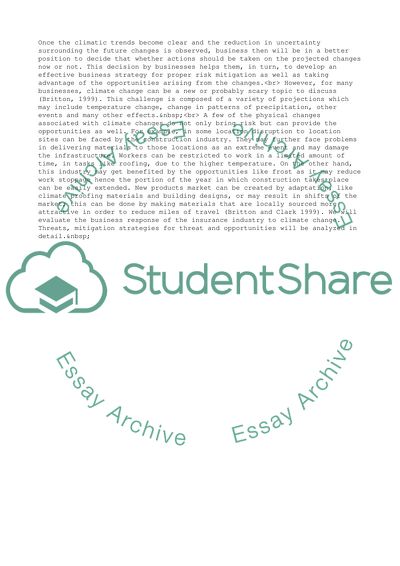Cite this document
(Business Response to Climate Change Term Paper Example | Topics and Well Written Essays - 2500 words - 1, n.d.)
Business Response to Climate Change Term Paper Example | Topics and Well Written Essays - 2500 words - 1. Retrieved from https://studentshare.org/business/1552830-business-response-to-climate-change
Business Response to Climate Change Term Paper Example | Topics and Well Written Essays - 2500 words - 1. Retrieved from https://studentshare.org/business/1552830-business-response-to-climate-change
(Business Response to Climate Change Term Paper Example | Topics and Well Written Essays - 2500 Words - 1)
Business Response to Climate Change Term Paper Example | Topics and Well Written Essays - 2500 Words - 1. https://studentshare.org/business/1552830-business-response-to-climate-change.
Business Response to Climate Change Term Paper Example | Topics and Well Written Essays - 2500 Words - 1. https://studentshare.org/business/1552830-business-response-to-climate-change.
“Business Response to Climate Change Term Paper Example | Topics and Well Written Essays - 2500 Words - 1”, n.d. https://studentshare.org/business/1552830-business-response-to-climate-change.


